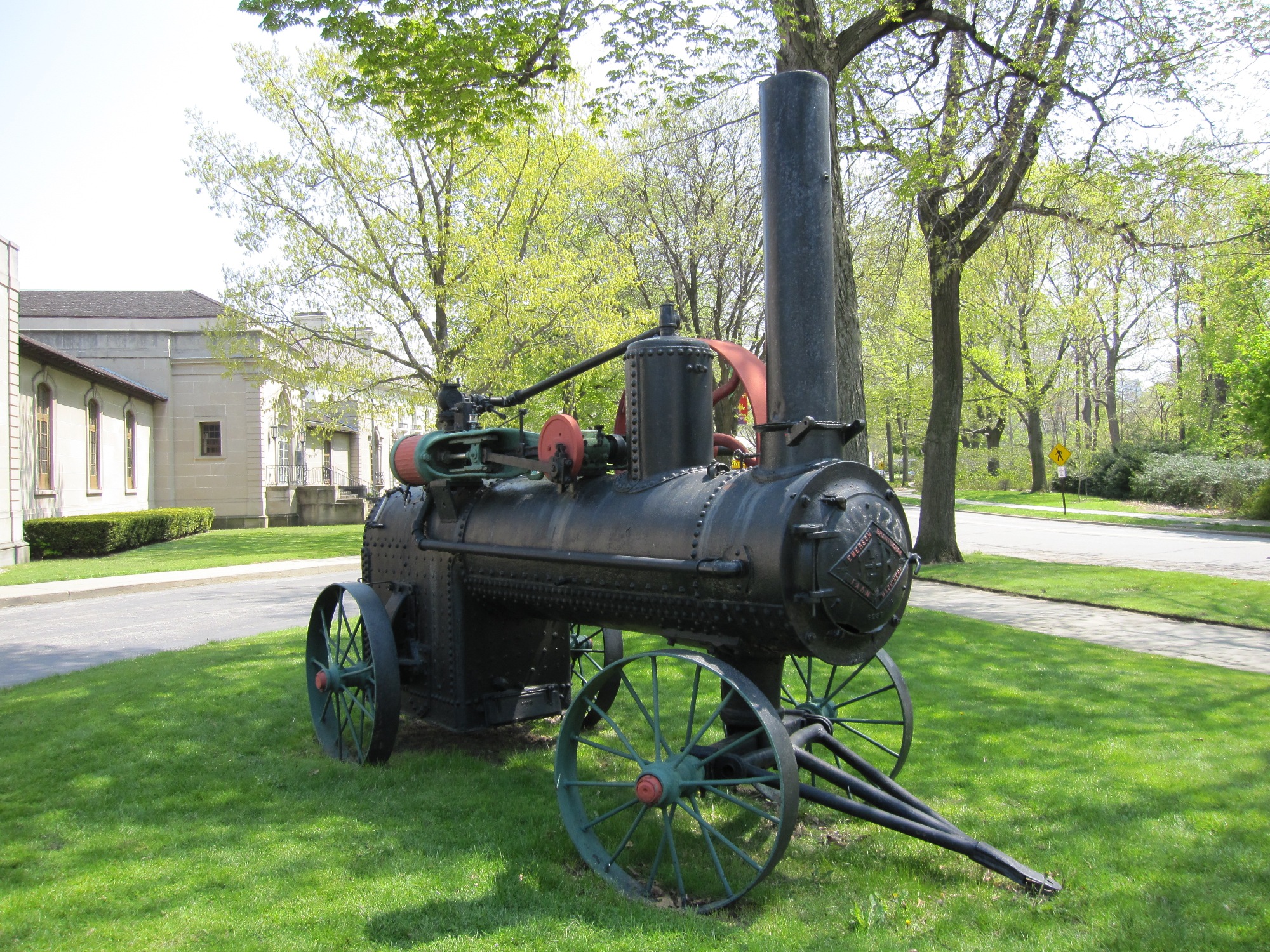 One of the most remarkable things about the mid-19th century was the fast pace of change. Yes, I’m talking about horse and buggy days. The turnover of technologies in that era was mind-boggling.
One of the most remarkable things about the mid-19th century was the fast pace of change. Yes, I’m talking about horse and buggy days. The turnover of technologies in that era was mind-boggling.
When my greatgreatgrandfather’s grandparents arrived in Cleveland in 1840, the Ohio Canal had just been completed (in 1833). Canal shipping was all the rage. Mules towed flat boats along at 4 mph through an endless system of locks, all the way through Ohio to the Ohio River. The canals shipped wheat, flour, and timber out of Ohio, and brought immigrants and supplies in. When my greatgreatgrandfather arrived in 1857, locomotives run by steam engines had pretty much eradicated canal travel. Trains were all the rage.
In the City of Cleveland Archives, I kept noticing these petitions about gas lamps. The technology of lighting in the mid-19th century changed almost as quickly as MS-DOS to Windows to Vista to Windows 7. Candles in the early nineteenth century were replaced by whale oil lamps, which were replaced by gas lamps, which were replaced by electricity.
Cloth went from being homespun to machine-made. The writing quill became the fountain pen. My greatgreatgrandfather built fine carriages, but along came rubber tires from Akron, the bicycle came and the motor car.
At the Ohio and Erie Canal Reservation today, the educational film reported that in the nineteenth century, industrialization was seen as progress, and industrial waste a necessary – in their minds, natural – consequence. The film went on to point out the Cuyahoga River had burned over 30 times leading up to the 1969 disaster. It’s enough to make me long for the horse and buggy days.
